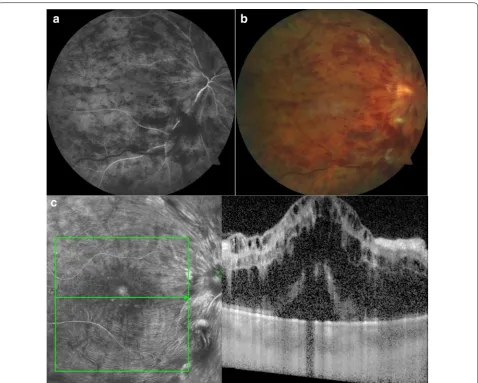Prospective evaluation of intravitreal bevacizumab for ischemic central retinal vein occlusion
Full text
Figure




Related documents
Tablet quality control tests such as weight variation, hardness, and friability, thickness, and drug release studies in different media were performed on
This analysis was used to investigate the presence of hydrogen bonds and intermolecular interactions in the crystal structure. The Hirshfeld surface analysis 26 was
Pertti Kauranen et al, Worked on Temperature optimization of a diesel engine using exhaust gas heat recovery and thermal energy storage (diesel engine with thermal energy storage)..
The proposed algorithm for synchronizing lane changes with SUMO yields a more realistic behavior of other traffic participants, and our extension of lane-change models yields
Statistical analysis of surgical cancelation data at the first level of our taxonomy of the surgical cancellation risk factors identified managerial factors as having